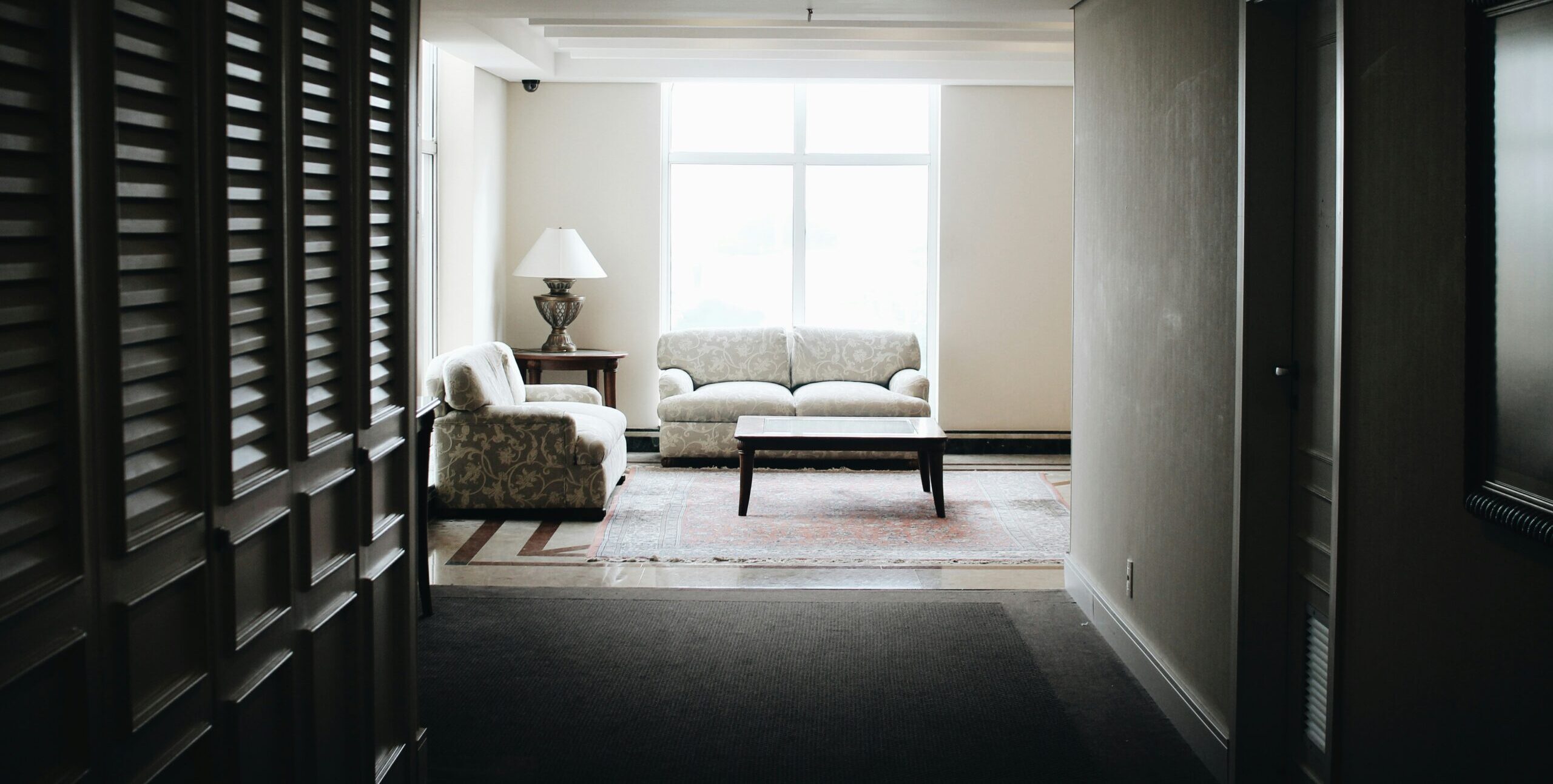

Current research indicates that young men experiencing significant social isolation can be at a higher risk of engaging in violent behavior, as prolonged loneliness and lack of positive social connections can lead to feelings of frustration, anger, and a diminished sense of belonging, which may manifest in aggressive actions when not properly addressed.
Almost every mass shooting is committed by a young man who has no real friendships and lives in isolation.
Phillip Zimbardo was a psychologist that taught at Stanford University. He said, “There is nothing more detrimental to a person’s life than isolation. There is no more destructive influence on physical and mental health than the isolation of you from me and us from them.”
Based on these two observations, we can conclude that living in isolation, without being in close relationship with others, is not only detrimental to our mental and emotional health, it can be destructive.
I recently read an article by Derek Thompson titled, “The Anti-social Century.” He demonstrates how there is an isolationist dynamic that is taking place in our country. People feel uncomfortable in the world today and are not actively looking for opportunities to spend time with other people.
Thompson quotes Princeton University sociologist Patrick Sharkey who says the rise of remote work might have accelerated a longer-term trend: a shift in the amount of time that people spend inside their home. He ran the numbers and discovered “an astounding change” in our daily habits, much more extreme than he would have guessed. In 2022—notably, after the pandemic had abated—adults spent an additional 99 minutes at home on any given day compared with 2003.
This finding formed the basis of a 2024 paper, “Homebound,” in which Sharkey calculated that, compared with 2003, Americans are more likely to take meetings from home, to shop from home, to be entertained at home, to eat at home, and even to worship at home. Practically the entire economy has reoriented itself to allow Americans to stay within their four walls. This phenomenon cannot be reduced to remote work. It is something for more totalizing—something more like “remote life.”
One might ask: Why wouldn’t Americans with means want to spend more time at home? In the past few decades, the typical American home has become bigger, more comfortable, and more entertaining. From 1973 to 2023, the size of the average new single-family house increased by 50 percent, and the share of new single-family houses that have air-conditioning doubled to 98 percent. Streaming services, video-game consoles, and flatscreen TVs make the living room more diverting than any 20th-century theater or arcade. Yet conveniences can indeed be a curse. By Sharkey’s calculations, activities at home were associated with a “strong reduction” in self-reported happiness.
A homebound life doesn’t have to be a solitary life. In the 1970s, the typical household entertained more than once a month. But from the late 1970s to the late 1990s, the frequency of hosting friends for parties, games, dinners, and so on declined by 45 percent, according to the data that Robert Putnam gathered. In the 20 years after his book, Bowling Alone was published, the average amount of time that Americans spent hosting or attending social events declined another 32 percent.
As our homes have become less social, residential architecture has become more anti-social. Clifford Harness is a co-founder of TestFit, a firm that makes software to design layouts for new housing developments. He says that the cardinal rule of contemporary apartment design is that every room is built to accommodate maximal screen time. “In design meetings with developers and architects, you have to assure everybody that there will be space for a wall-mounted flatscreen television in every room,” he said. “It used to be “Let’s make sure our rooms have great light.’ But now, when the question is “How do we give the most comfort to the most people?’ the answer is to feed their screen addiction.” Bobby Fijan, a real-estate developer, said last year that “for the most part, apartments are built for Netflix and chill.” From studying floor plans, he noticed that bedrooms, walk-in closets, and other private spaces are growing. “I think we’re building for aloneness,” Fijan said.
Yet author Donald Miller provides some very good insight into what is going on. He said, “it is clear that God designed people to need other people.” Our souls need to interact with other people to be healthy. The reason is because God designed us to be relational beings and we function best when we do what we are designed to do.
In Romans 2:5 we are told by the Apostle Paul that we are “mutually dependent on one another.” This is one of the main reasons the church exists. There is power when we live together in community with others, for this is how God designed us to live.
Richard E Simmons III is the founder and Executive Director of The Center for Executive Leadership and a best-selling author.
Add grace and understanding to your day with words from Richard E. Simmons III in your inbox. Sign-up for weekly email with the latest blog post, podcast, and quote.

For local orders in the Birmingham, AL area, enter Promo Code LOCAL at checkout to save shipping. We will email you when your order is ready for pickup.
Bulk discounts for 25 or more books! Call 205-789-3471 for prices.